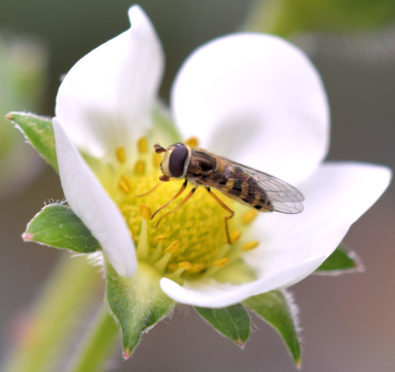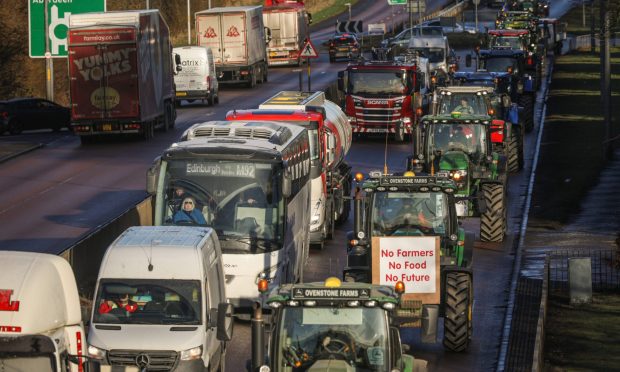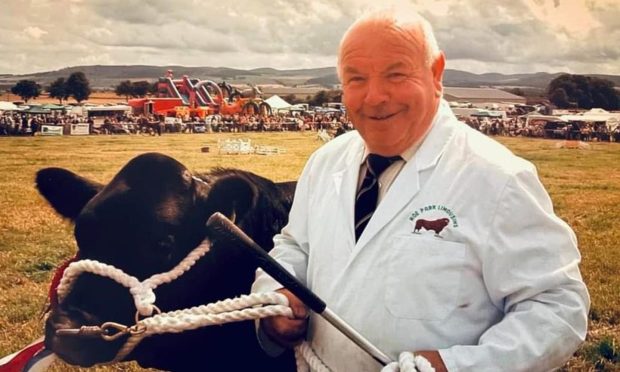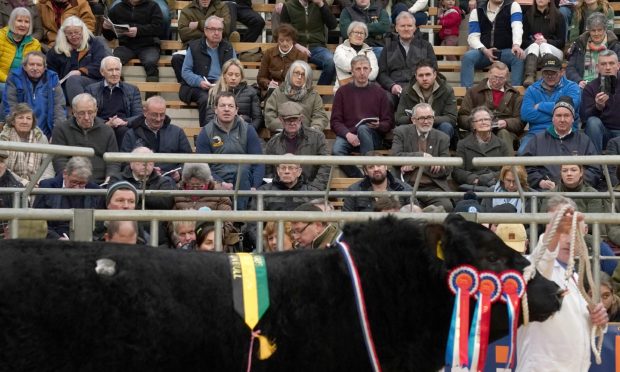UK strawberry growers are being urged to encourage hoverflies into their crops after the latest research indicates they act as pollinators and natural aphid predators.
Horticultural researchers NIAB EMR say some of the UK’s native hoverfly (Syrphidae) species not only visit strawberry flowers as adults, but also during the larval stage, and offer the bonus of eating aphids.
However, until recently, no one knew if aphid-eating hoverflies were able to effectively pollinate strawberry flowers.
Now NIAB EMR research, part of a PhD project funded by East Malling Trust and Royal Holloway University London, has shown that strawberry plants in cages visited by syrphine hoverflies produced in excess of 70% more strawberries than cages without the insects.
In addition, twice as many of those berries were supermarket quality.
With concerns over a fall in numbers of wild pollinator insects, the researchers say the results could pave the way for new crop-management practices that benefit hoverflies and commercial strawberry growers.
NIAB EMR deputy head of pest and pathogen ecology Dr Michelle Fountain said: “This is the first time the pollination role of hoverflies in strawberries has been quantified.
“We also compared two hoverflyspecies, and found that one species (Eupeodes latifasciatus) was nearly twice as effective at producing marketable fruit as the other (Episyrphus balteatus), demonstrating that hoverfly species may also differ in their pollination efficacy.
“Using these results we can look in more detail at the ecological requirements of the key hoverfly species and potentially implement specific wild flower strips that will help boost their numbers in strawberry crops.”
nnicolson@thecourier.co.uk










